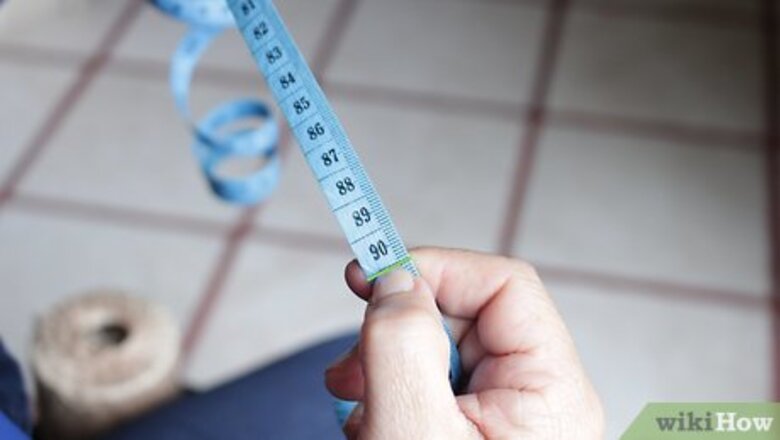
views
Getting Started

Determine the finished size you want. The size of your blanket will depend on the purpose and the recipient. Here are some common blanket sizes, listed in inches and centimeters: Infant receiving blanket: 36x36 inches (90x90 cm) Child's afghan: 36x42 inches (90x105 cm) Teenager's afghan: 48x60 inches (120x150 cm) Adult's afghan: 50x70 inches (125x175 cm) Lap blanket: 36x48 inches (90x120 cm)
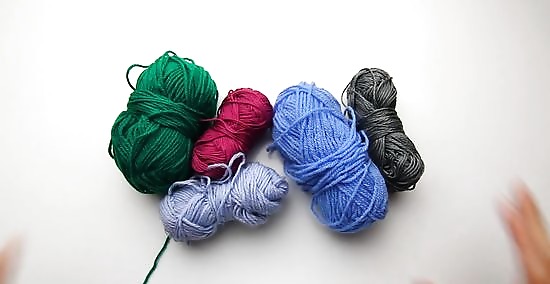
Select your yarn. The size and thickness of your blanket, as well as your crocheting skill, can help you choose a type of yarn. If you're just beginning to crochet, choose a yarn with a smooth texture, a light color (so you can see your stitches clearly) and worsted (medium) weight. Count on needing 3-4 skeins of yarn for a lap blanket or a receiving blanket. Double that estimation for a larger blanket. If you are at all unsure about whether you have enough yarn for the project at hand, get an extra skein or two. If you're buying yarn that's produced in a dye lot, make sure each skein has the same dye lot number on the label. Otherwise, your skeins might be slightly different colors.
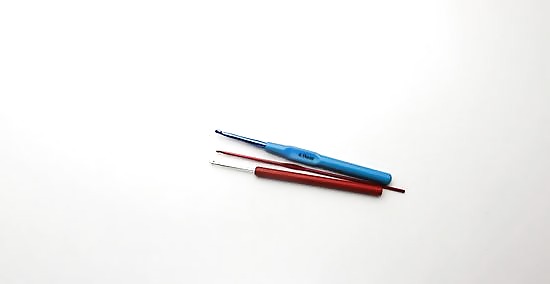
Choose a hook size. Crochet hooks range in size from B (2.25mm) to S (19mm). Here's what to keep in mind when you're selecting a hook: The bigger the hook, the bigger the stitch. Bigger stitches are easier to see, and they mean you'll get through the blanket faster. However, you'll also use up more yarn. Bigger stitches are also looser and make for more lightweight blankets. If you want a particularly warm blanket, choose a smaller hook for tighter stitches. If you're just starting to crochet, choose a hook that's size N or bigger. You can work your way up to smaller hooks as you get more comfortable with crocheting.

Choose a stitch. Your stitch will determine the look and composition of your blanket. There's an endless array of stitches to choose from, and you can even improvise on basic stitches to create your own. This article will outline a few easy patterns you can start with.
Simple Row Pattern
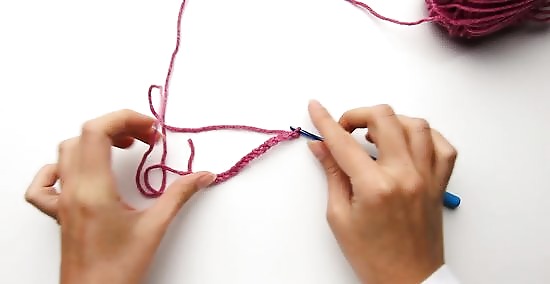
Chain stitch the width of the afghan. Keep the chain loose so you have plenty of room to crochet inside the stitches later. Hint: Make the number of stitches in your chain divisible by 5 or 10. It makes it easier to keep track of whether you're inadvertently increasing or decreasing each round. Know how many "extra" chains you'll need. Depending on the type of stitch you plan to use, you'll have a certain number of stitches that become part of the "turn" when you move on to the second row. For a single crochet, it's one chain; for a double crochet, it's three.

Turn around and start on the second row. Once you're done chaining, turn your work so that you'll be moving from right to left along the top of the chain. For a single crochet, insert the hook into the second loop from the needle. For a double crochet, insert the hook into the third loop from the needle.

Keep crocheting each row until you have the length you want. You can count your stitches as you go, or you can periodically stop and count up the stitches on the row you just finished. Dress it up (optional). Crocheting only into the far side of each loop (instead of through both loops) gives a nice ridged appearance to the finished crochet.
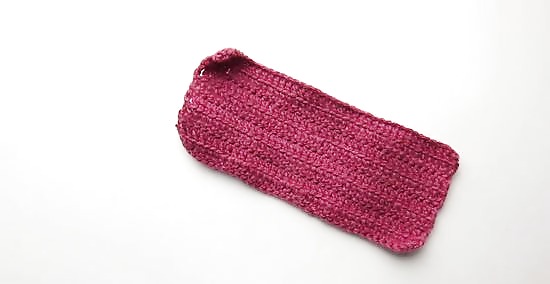
Finished.
Granny Squares
Start crocheting granny squares. Keep going until you have enough to complete your blanket. Play around with the color combinations. You can keep your granny square all one color, or alternate the colors in each section. You could even make a design like a maze or a heart, although that takes more planning. Go one step further and do opposite color combinations for different squares. EXPERT TIP Sarah Stearns Sarah Stearns DIY Specialist Sarah Stearns is a DIY Specialist, Artist, Maker, Blogger, and the Founder of SarahMaker.com. With over ten years of experience, she specializes in fun, approachable crafts like crocheting, making polymer clay jewelry, quilting, and creating Cricut projects. Her work has been featured in several publications, such as Scientific American, Good Housekeeping, Vox, and Apartment Therapy. Sarah holds a BA in Psychology from Vanderbilt University. Sarah Stearns Sarah Stearns DIY Specialist Find the right crochet projects for beginners. Start with small crochet projects like potholders or scarves that are stitched in easy, flat rows. Once you feel comfortable working in flat rows, you can move on to crocheting in the round by tackling fun projects like granny squares for a blanket or a basic beanie hat.

Stitch the squares together. Slip stitch the squares together in rows, then slip stitch the rows together to make a granny square blanket. Crochet a border around the blanket (optional). If you wish, you can add a border around the connected squares to give the blanket a more finished look.
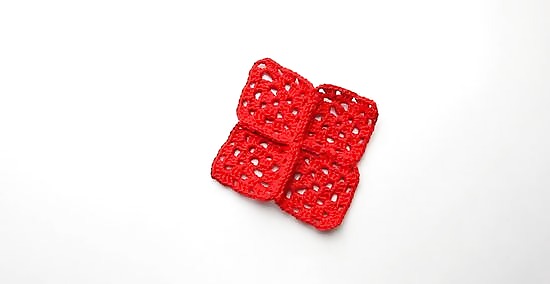
Finished.
Zig-Zag Rows

Make vertical zig-zag rows. Crochet foundation chain in multiples of 12 +2Watermark wikiHow to Crochet a Blanket Row 1: sc 2 into 2nd ch, then *sc 5, skip 1 ch, sc 5, sc 3 into next ch. Repeat from * to last 12 ch. Then sc 5, skip 1 ch, sc 5, sc 2 into last ch, ch 1 and turn.Watermark wikiHow to Crochet a Blanket Row 2: sc 2 into 2nd ch, then * sc 5, skip 2 ch, sc 5, sc3 into next ch. repeat from * to last 12 ch. sc 5, skip 2 ch, sc5, sc 2 into last ch, ch 1 and turn. Repeat row 2 until you have your desired length.Watermark wikiHow to Crochet a Blanket
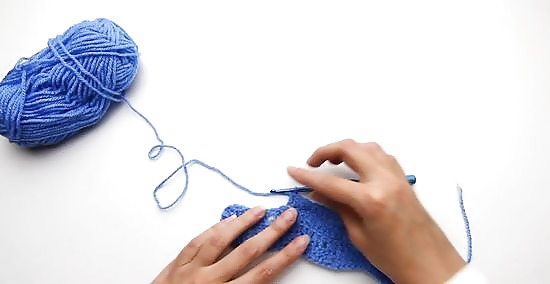
Make horizontal zig-zag rows. Use same steps as the vertical zig-zag rows except you will crochet into the back loop only of each stitch. This method will produce a horizontal zig-zag effect that gives loft or thickness to your project.













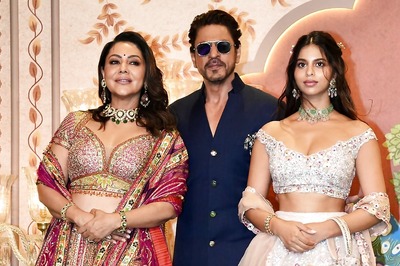
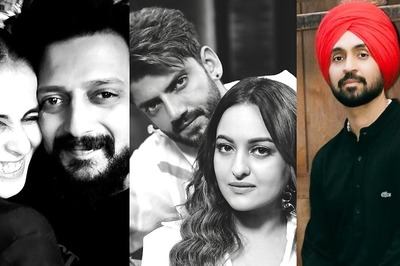





Comments
0 comment